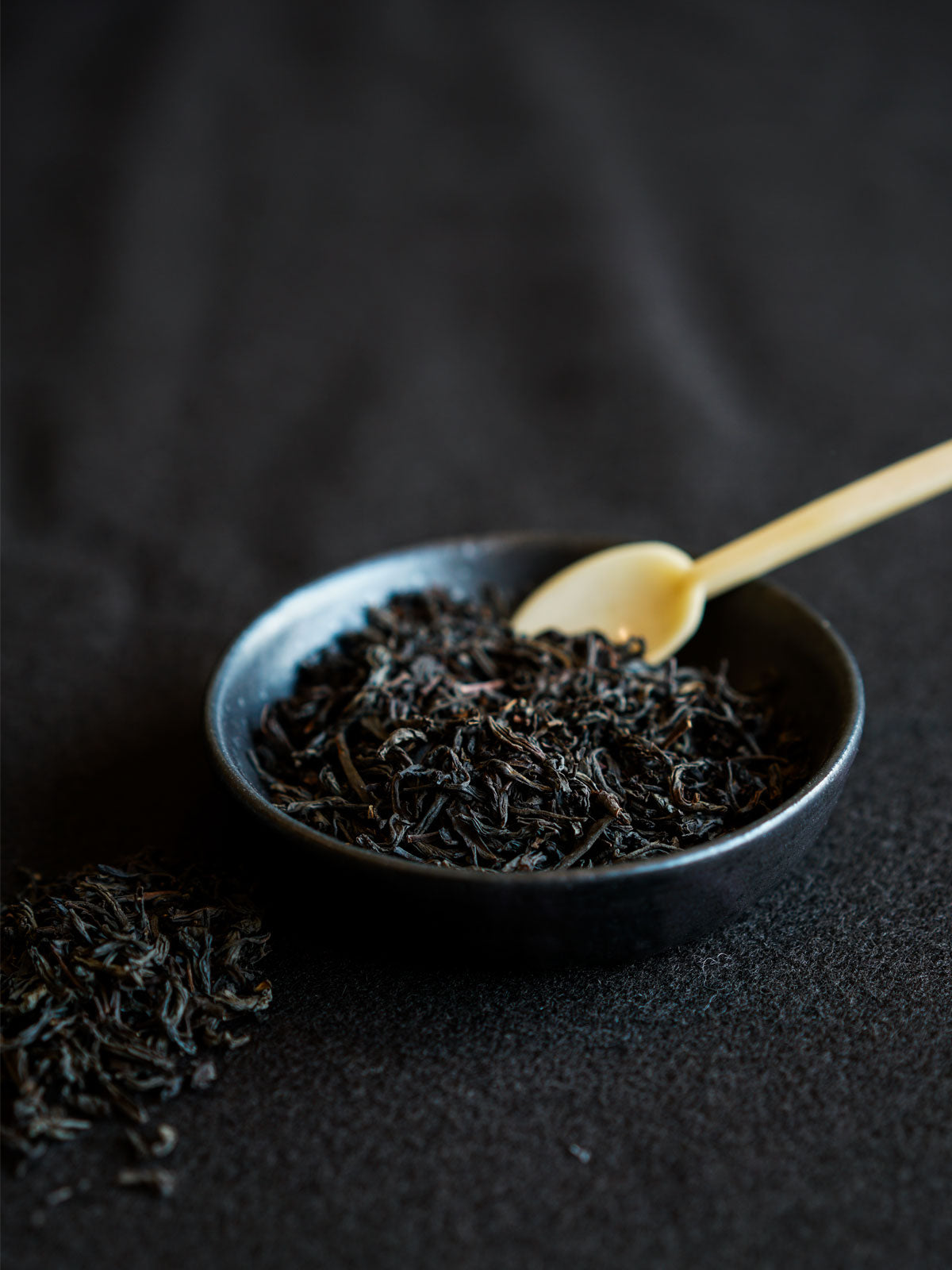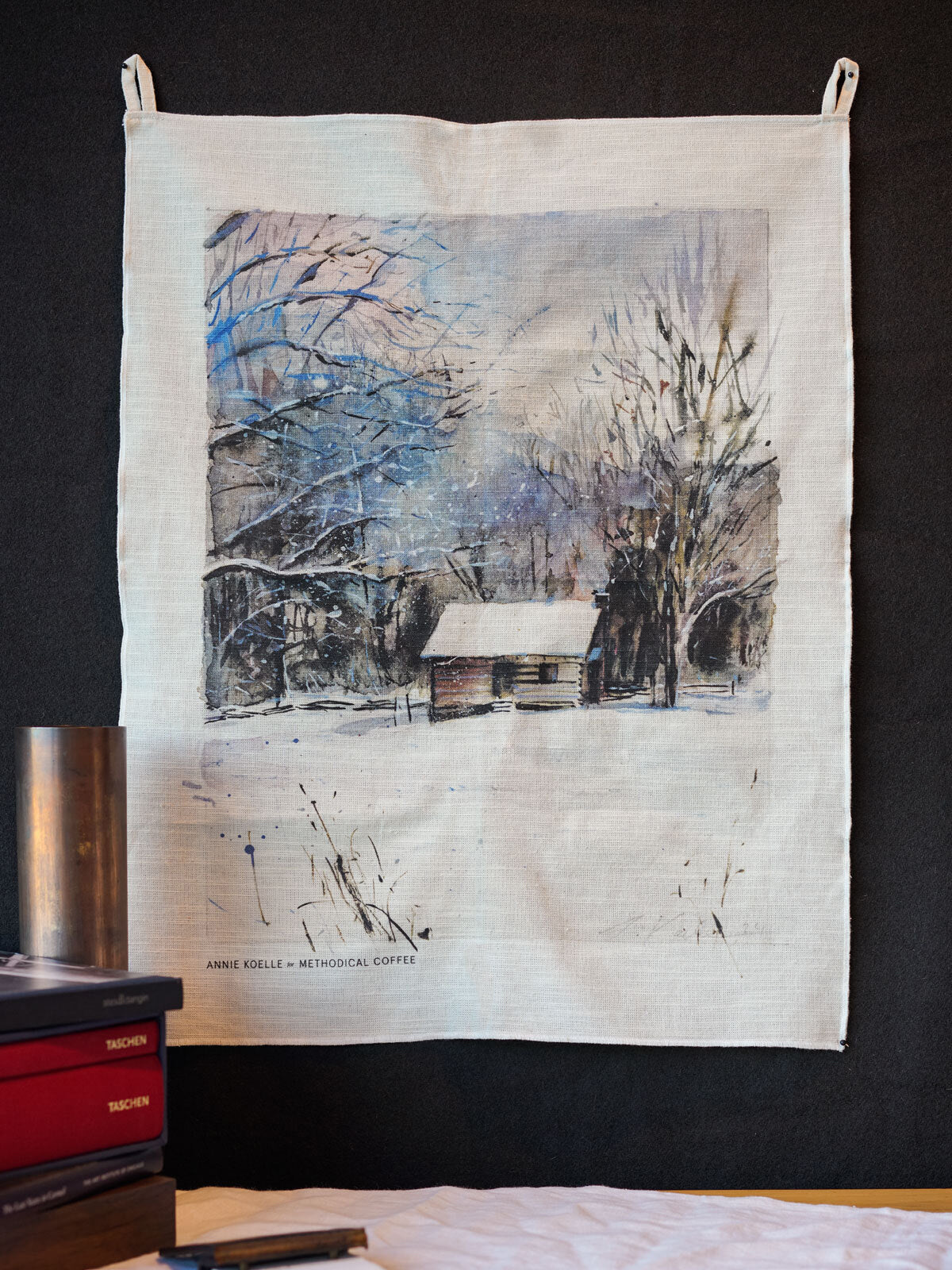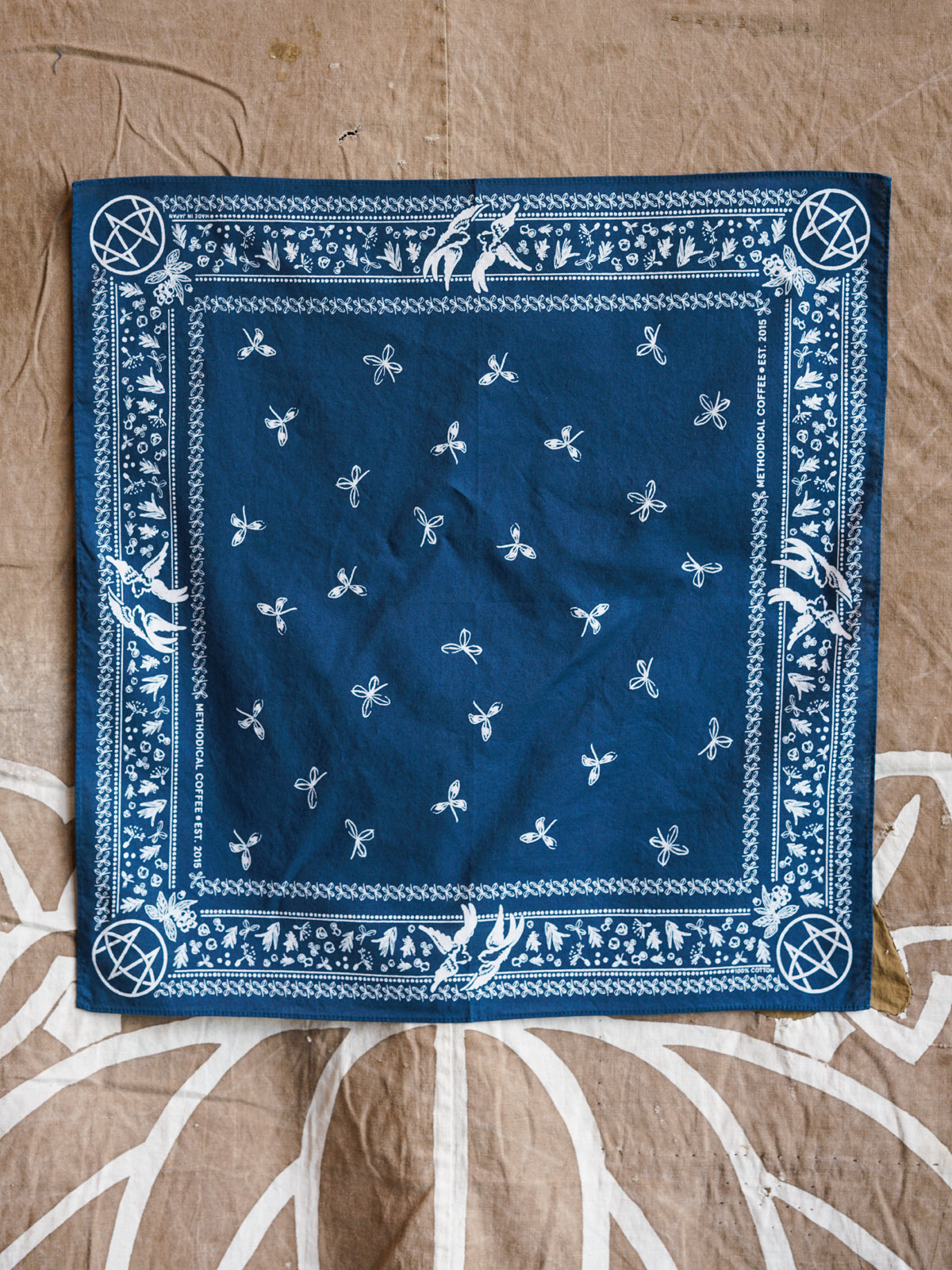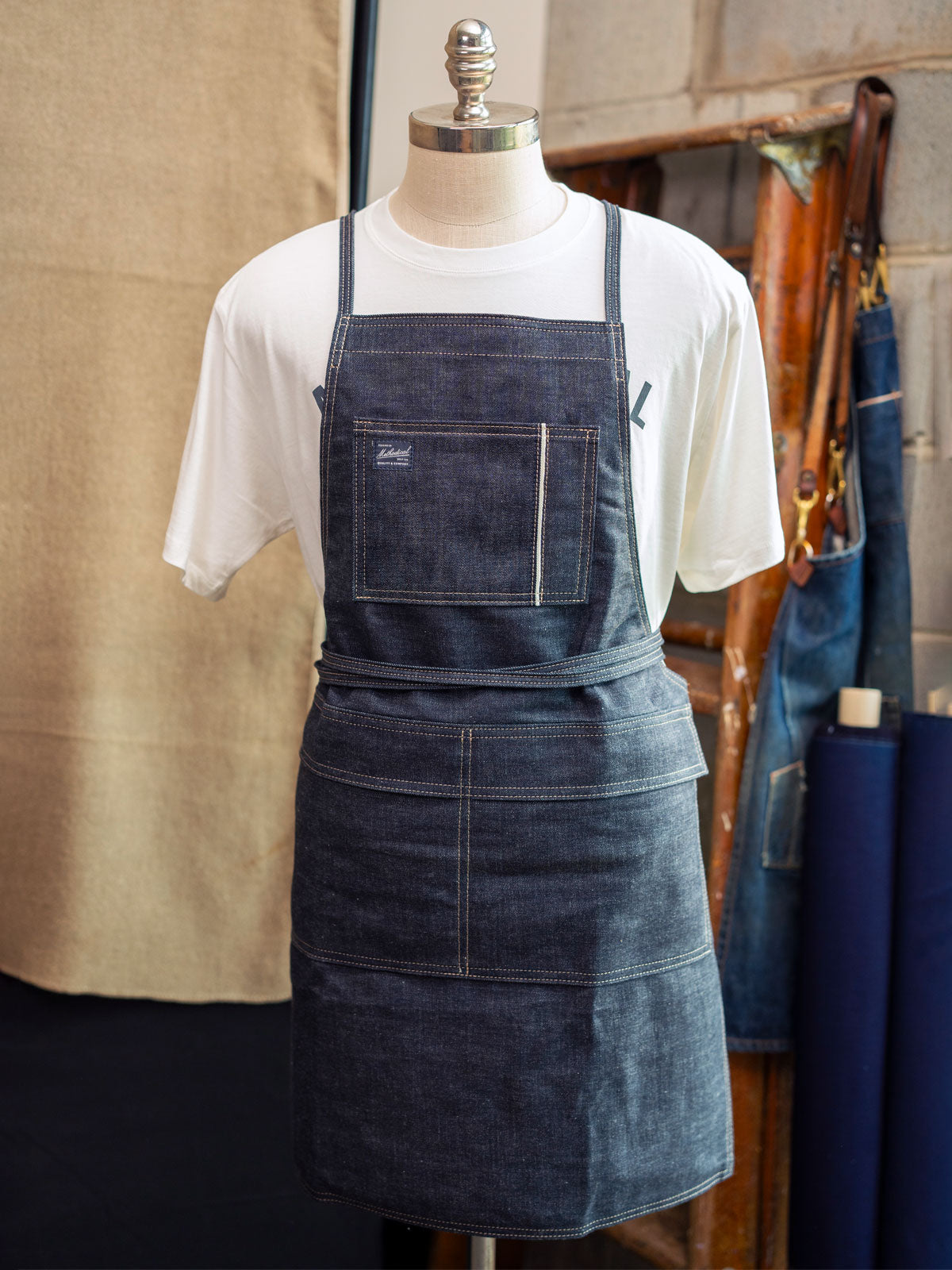Coffee Terms A to Z
Our crystal clear lexicon of frequently used coffee terminology, designed to demystify everyone’s favorite drink and how we talk about it.
Acidity
When it comes to coffee, acidity can mean a couple of things. First, it’s true that coffee, as with most beverages, contains acid. On average, coffee measures around ~5 on the pH scale. The flavor outcome depends on the type of acid that survives the roasting process. Phosphoric acid can read a sweet, Citric can lend tart notes of lemon and lime, and Acetic acid will often read as winey. Acidity–along with aroma, flavor, and body–is one of the key categories assessed in sensory evaluation of coffee.
Barista
You know them, you love them, you leave them tips. The Barista is trained in brewing, espresso preparation, milk science, and customer service to take your coffee shop experience to the next level.
Batch Brew
We serve a lot of coffee. It’s kinda our thing. Batch brew helps us serve the masses economically without sacrificing quality. Quite simply, batch brew is a large batch of coffee made by grinding a large quantity of coffee and brewing it with a clean, efficient brewer. We make ours with our roasted coffee on a Fetco brewer in half-batches to make sure everybody gets a fresh cup. Also known as: Drip coffee.
Cold Brew
Chilly, rich, and positively packed with caffeine, cold brew is made by steeping coarsely ground coffee in cold water for an extended amount of time. Because cold brew is generally made in a large batch, with a low ratio of coffee to water, you can bet that the resulting beverage will typically contain more caffeine than most drinks on a coffee shop’s menu.
Cascara
Coffee is a fruit much like a berry or a cherry. There’s a pit, or a seed–this is what we know as a coffee bean–and there’s an outer layer of fruit. That fleshy husk of fruit is removed, dried, and known as cascara (literally “husk” in Spanish). Cascara is high in antioxidants and yes! It contains caffeine.
Cupping
Our coffee goes through quite a process from the time it’s delivered to us til the time you pick up a bag. There are so many types of coffees, so many roast batches, so many opportunities for coffee to be inconsistent. So how do we keep it, well, consistent? We taste it, of course. A cupping is a standardized, methodological process of quality testing coffee, using controls like dose, water temp, and brew time.
Learn more: Coffee Cupping: A Step by Step Guide
Decaf
Decaf, or decaffeinated coffee, is coffee that has undergone a process of having the caffeine removed. There are several different methods of caffeine removal, all of which involve taking unroasted coffee, isolating the caffeine molecules, and using water to remove it. We wrote in more detail about decaf and the process of our own decaf offerings.
Learn more: How Much Caffeine is in Coffee
Espresso
Espresso can refer to two things. First, it’s a brewing style achieved with an espresso machine, which forces hot water under high pressure (typically ~9 bars or 130 psi) over a compacted bed of finely ground coffee. Espresso is also used to refer to the resulting beverage, which is usually a short, rich drink no larger than an ounce or two. What espresso is *not*: a type of coffee bean, a roasting style, spelled with an x.
Learn more: Introduction to Espresso
Extraction
The process of extracting coffee's soluble materials like caffeine, acids, sugars, lipids, and carbohydrates, all the things that give coffee its iconic flavor.
Finca
Spanish for “farm”. We name most of our roasted coffee offerings by the farm, farmer, or milling station they came from. Oftentimes if a coffee is from Central or South America, you’ll see the word “Finca” as a first word. Ex. Finca Medina
Grind
The particles of coffee that have been crushed by a coffee grinder. Coffee is ground to increase its surface area in order to improve extraction. The grind size ranges from coarse to fine depending on the brew method and brew time.
Learn more: How to Grind Coffee Beans
Green Coffee
Before coffee is roasted, it’s still in a raw state. It’s the processed, dried seed of a coffee cherry that is prepared for roasting, and it’s physically green in color. We call this green coffee.
Honey processed
One of the three main processing methods for coffee, honey processing often lives up to its name. The coffees processed in this way often reflect a brown sugar or honey-like, but the name actually comes from how sticky the seeds get during the process. Honey processed coffees have the fruit and skin removed, like washed coffees. Unlike washed coffees, however, the mucilage–a sticky substance on the coffee seeds–remains intact during drying.
Milk
Ah, coffee’s best friend. Sweet, silky, creamy milk. While there are many camps of thought on how and why and even if milk should be added to coffee, there’s something golden about a chocolatey shot of espresso served with a little steamed milk. Traditionally, whole milk is steamed to about 150 degrees and poured atop espresso. We wrote about the dairy farm where our milk is sourced. Lately, milk alternatives have sprung into popularity. Alternatives such as almond milk, oat milk, and coconut milk present options for people with milk sensitivities and dietary needs.
Learn more: How to Steam Milk for a Latte | 5 Best Oak Milks for Coffee
Natural Process
Natural processed coffee goes by many names: unwashed, natural sundried, dry process. When you see these descriptors, it means that the coffee has been dried on raised beds or patios with the fruit still in tact. With all that fruit on the seed as it dries, the resulting coffee frequently carries floral and fruity flavor notes. Natural processing is also the most earth-friendly method, requiring little disruption and using no water at all.
Pour over
This one is pretty straight forward. It’s a method of brewing coffee where hot water is poured slowly over a bed of loose coffee grounds through a filter. Variations on this method involve the type of brewer, filter, coffee used, and the ratio of coffee to water.
Learn more: How to Make a Pour Over Coffee | How to Make an Iced Pour Over
Single origin
Every coffee has an origin, ranging from Colombia to Hawaii, from China to Africa. Coffee that has not been blended with other coffees of different origins is referred to as single origin coffee, as it has one origin. A resurgence of unblended, single origin coffees arose from small-batch roasters in the early to mid-2000s.
Terroir
Terroir, in French, means “soil.” When we use it to talk about coffee, we’re talking about the agricultural and environmental variables, such as climate and topography, that affect the resulting taste of a single variety in a single origin.
Washed Process
When coffee is “washed,” that means that all matter of care has gone into the clarity of the seed itself. During the washing process, coffee cherries are sorted by size to pull out the ripest ones, depulped to remove the seeds from the cherries, and moved to large tanks where they undergo a fermenting and washing process that varies from mill to mill.
Yawn
Your body’s way of telling you that you need coffee.






